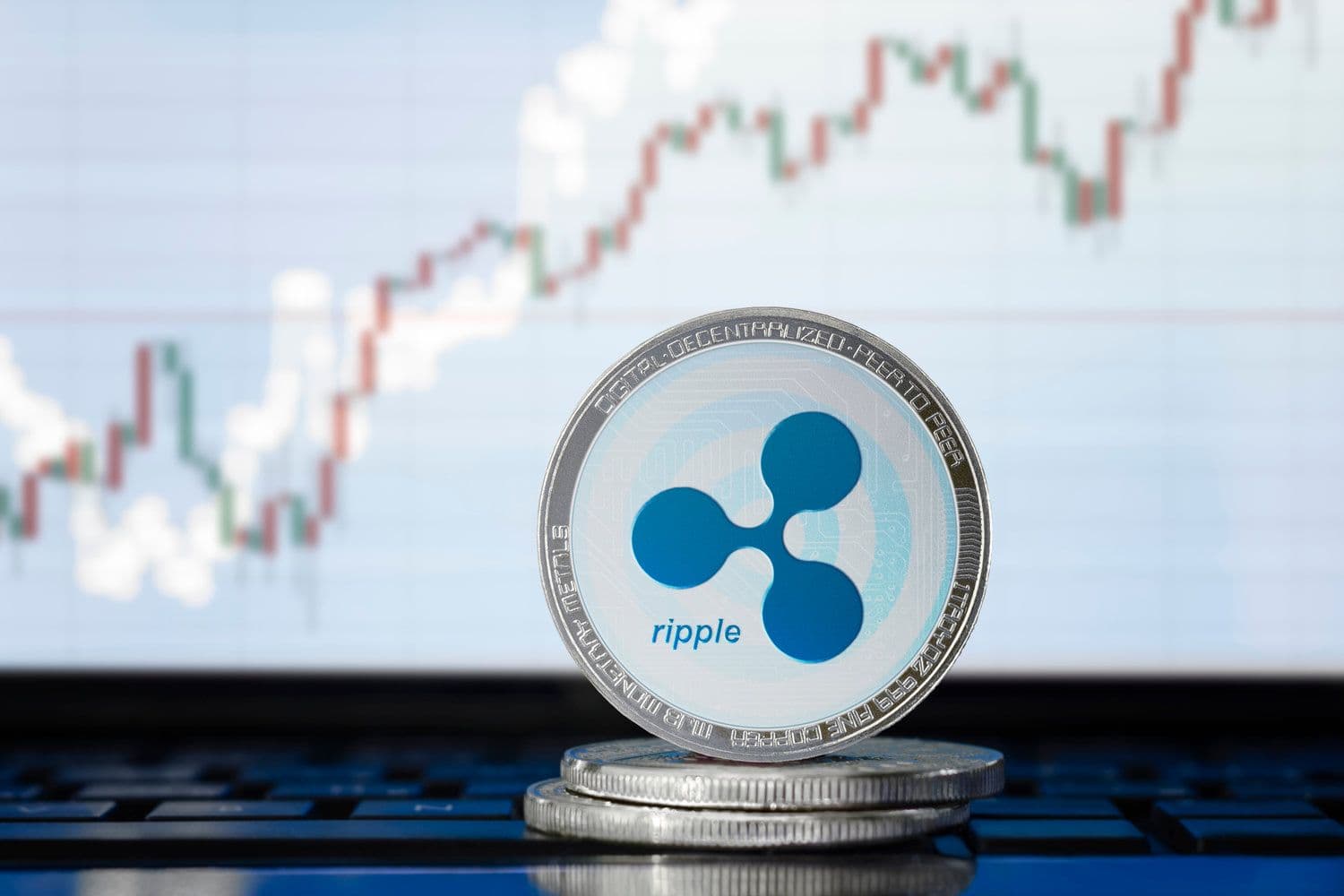XRP, the native token of Ripple’s blockchain ecosystem, has experienced renewed price action in recent weeks - rising from $1.94 to $2.24 - but this recovery has come with intensified volatility and growing uncertainty. Analysts are pointing to two distinct forces shaping XRP’s trajectory: high-frequency trading bots manipulating momentum, and a significant wave of whale-driven sell-offs totaling more than $1.2 billion.
As the token struggles to break the critical $2.27 resistance level, market watchers are concerned that artificial price signals and declining long-term holder confidence could derail XRP’s momentum, despite underlying developments such as Ripple’s bid for a national banking license and plans to expand RLUSD stablecoin adoption.
One key explanation for XRP’s erratic price behavior comes from algorithmic market manipulation. Software engineer and analyst Vincent Van Code has identified unusual price correlations between XRP and unrelated assets like Cardano and Stellar, especially following positive XRP-related news events - such as favorable court rulings or Ripple partnerships.
According to Van Code, the culprit is likely high-frequency trading bots operating on platforms like Binance via privileged access through priority APIs. These bots can detect price signals and news flow within milliseconds and execute trades across multiple assets to create the illusion of a broader market rally.
“Bots act as market makers with tight spreads but tilt the book in a desired direction,” he explained. “This subtly nudges price up or down while absorbing real trades.” He added that bots often buy ADA and XLM when XRP pumps, spreading the illusion of an organic, multi-token breakout - despite no catalysts for those other assets.
Vandell, co-founder of BlackSwan Capital, confirmed the thesis, stating that most retail investors underestimate the impact of these bots. Investor Denver Ulland echoed the sentiment, noting that the bots generate artificial buy/sell pressure in real time, but lack the long-term capital to sustain true price momentum.
Real Demand Could Break the Bot Cycle
While bots play a role in short-term price action, analysts agree their influence can be diluted if XRP’s real-world use cases and liquidity channels continue to grow. Ripple’s recent application for a U.S. national banking license and its expanding RLUSD stablecoin infrastructure suggest long-term institutional interest in the ecosystem.
Ripple’s move toward regulated custody and payments could improve XRP's attractiveness to large investors, especially as the company builds out its global liquidity corridors. Analysts believe that real demand from enterprise users, remittance providers, and regulated financial institutions could eventually limit the effectiveness of bots that rely on retail-driven momentum.
Van Code argues that regulators should consider imposing restrictions on priority API access or encourage greater adoption of transparent decentralized exchanges (DEXs) to minimize HFT market distortions. Until then, XRP remains vulnerable to rapid price fluctuations that can trigger bullish breakouts—or fakeouts—on short notice.
Whale Activity Adds to Price Pressure
While bots stir short-term noise, another trend is raising more structural concerns: the growing willingness of XRP whales to offload large holdings. This week, blockchain data showed that addresses holding between 100 million and 1 billion XRP sold over 600 million XRP in just 24 hours. The total value of these transfers exceeded $1.2 billion.
This selling spree reduced whale holdings to approximately 7.7 billion XRP, signaling a shift in sentiment among long-term holders (LTHs). The move coincided with XRP’s attempt to break through the $2.27 resistance level - a psychologically and technically significant threshold that has capped gains for over a month.
The "age consumed" metric, which tracks when long-held coins are moved, spiked to a 7-month high, further indicating that long-term investors are exiting or rebalancing their positions. LTHs are generally considered the bedrock of asset price stability, so their capitulation is often interpreted as a red flag.
XRP Dominance and Resistance Levels in Focus
According to TradingView, XRP’s market dominance surged from just 1.1% in late 2024 to 5.5% by the first quarter of 2025. However, that figure has since retraced to 3.97% - suggesting that while XRP gained significant traction during key events (such as Ripple’s partial legal victories), its ability to maintain market share has been tested by more recent headwinds.
At present, XRP is trading at $2.24, just below the critical $2.27 resistance. This level has served as a strong ceiling since early June. Should XRP break through it, analysts suggest the next major resistance sits around $2.32. A clean breakout could see XRP rally to $2.45, especially if retail and institutional demand increase amid broader crypto market bullishness.
However, if the price fails to breach $2.27, it could retrace to $2.13 or lower, testing near-term support levels. The combination of automated trading distortions and large holder sell-offs puts XRP in a fragile technical position heading into the second half of July.
Market Outlook: Mixed Signals, Strong Fundamentals?
Despite short-term volatility, XRP remains one of the few altcoins attracting both retail and institutional attention. Ripple's push to integrate with traditional banking through regulated custody, its expansion of the RLUSD stablecoin (backed by U.S. Treasuries and regulated by the NYDFS), and its central role in cross-border payments may provide a stronger long-term thesis than most altcoins.
Still, this narrative will need to be supported by data: consistent growth in on-chain volume, liquidity corridor expansion, and reduced reliance on artificial price action.
Meanwhile, sentiment remains divided. Bulls point to potential regulatory clarity in the U.S. and rising XRP adoption in Asian and Middle Eastern markets. Bears, on the other hand, cite ongoing whale exits, limited breakout volume, and overreliance on event-driven rallies.
As of July 6, XRP remains in a consolidation phase. But with both bots and whales shaping the current market, the direction of the next major move could hinge on whether XRP’s next catalyst is real institutional demand—or another illusion sparked by high-frequency trading algorithms.

